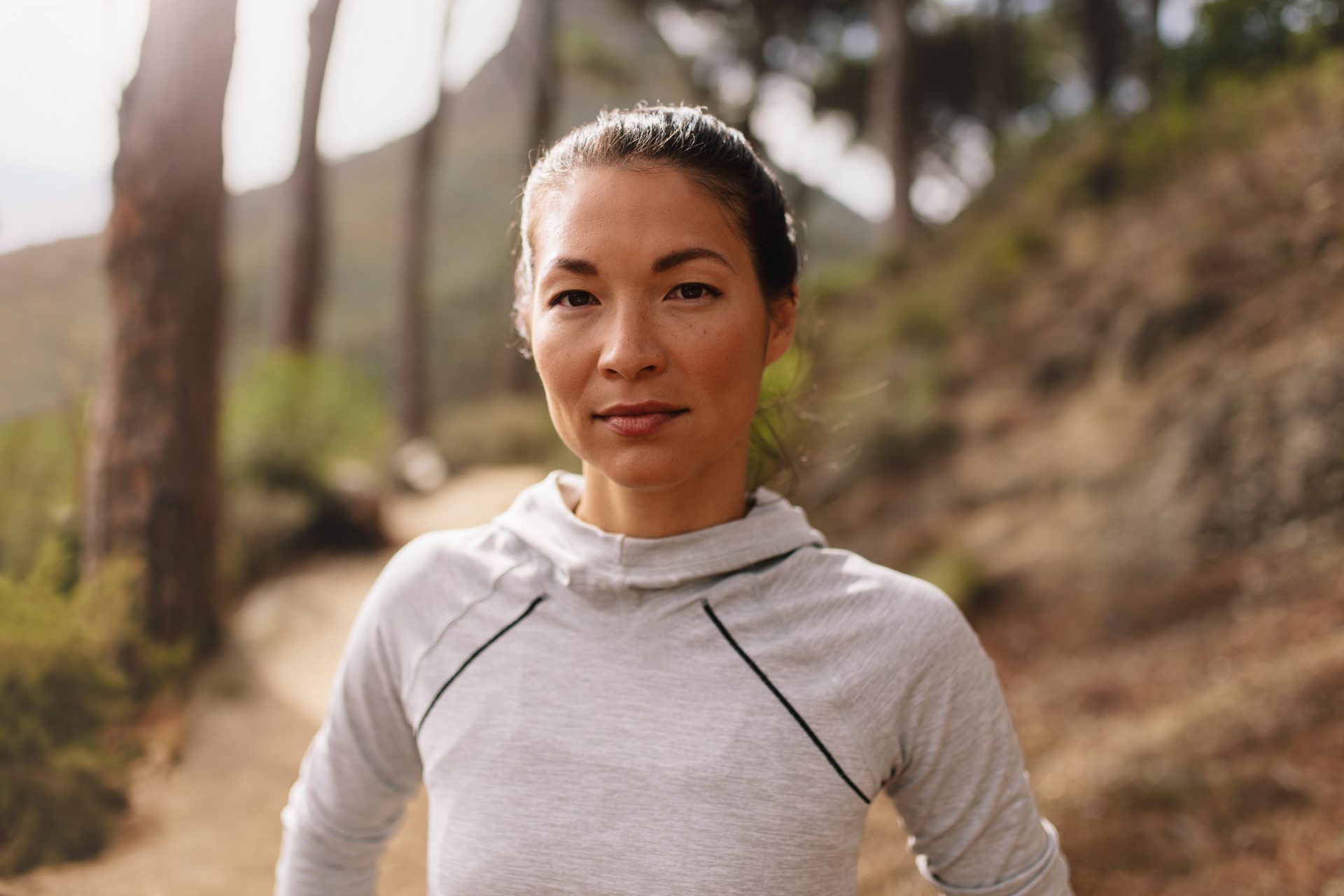Forget being ‘mindful’ – being ‘bodyful’ is the latest wellness trend
We are encouraged to do everything mindfully – eat, walk, sit, work… the list goes on. For good reason: there are huge mental health benefits to actually taking time to consider the task that you’re performing. But all of that being up in your head has to led us to neglect our bodies, says therapist and wellbeing expert Lizzie Slowe. That’s why she focuses on being ‘bodyful’ – a process designed to help people connect to their physical being as much as their mental state.
“Human beings, in general, are great thinkers. We’ve got a very well developed prefrontal cortex, and then most of what we learn from a young age in school is the need to think smarter. We use our brains to solve problems and to plan what we’re going to do with our bodies, whether it’s how many miles we’re going to run each day or how long we’re going to spend at the gym,” says Slowe.
“But our bodies are individual from each other and from day to day. The wisdom is actually there in your body, but society is set up to keep us in our heads thinking about things rather than feeling how we are.”
That’s been compounded even further by our use of external tech to tell us how we feel: our sleep tracker tells us we’re tired, so we believe it and feel tired, before even checking in on how the body feels.
Slowe’s ideas about bodyfulness are rooted in the Eastern practice of Qigong – an ancient combination of meditation and movement. You don’t have to practise Qigong to learn to be bodyful, but the same principles of “combining mindfulness with the breath and with the movement to create a real awareness of your body by that holistic connection” apply.

How to be more bodyful
A bodyful practice can be a session in its own right, or you can use the principles in other forms of movement or exercise, says Slowe. “It starts with curiosity about the body and feeling,” she says.
Find your ‘dantian’
Slowe explains that the centre of the body is called the dantian – and it’s a great starting point for tuning into your body.
- Your dantian is found just below your belly button – so begin to draw your mind and focus to that point.
- If you can’t seem to focus your energy there, you could touch it with your finger to be more in your body. Alternatively, Slowe recommends thinking about what it might feel like if all of your energy was drawn to your centre point – would it be uplifting? Energising? Relaxing?
- Keep that sensation in mind, and come back to your dantian during times when you feel too in your head or during movement practices, whether that’s yoga or weight lifting, to check in with how the body is feeling.
Understand your energy
In Qigong philosophy, energy is called ‘chi’. “Some people are very sceptical about it and others are very woowoo about the whole thing, but in the East it’s a very well understood concept,” says Slowe.
- Learn to get comfortable with physical energy by finding new vocabulary – for example, if it had to be a texture or an image, what would it be?
- Notice when these energy dips, rushes or flows come to your body. Is it always around the same time or for the same reason? “For instance, I have become familiar with a sensation of twisted metal in my guts that happens when I say yes to something I don’t want to say yes to, and I know immediately it was a mistake,” Slowe says.
Let your body decide
When in your forms of movement, use that ‘energy’ sensation – rather than thoughts – to dictate your output.
- Imagine you’re running and you come to a hill – how do you know if pushing yourself up it will give you a buzz or write you off with muscle aches?
- This is when you turn into your bodyfulness – find your danation and your chi rather than asking your brain what you could or should do. “Ask where the energy is in your body – if it’s all in your legs and feet, that’s probably quite good to get you up the hill,” Slowe says.
- If you can’t connect to the body or your energy, or feel tight sensations somewhere, it might be a sign to stop. That way, you’ve let the body dictate your run, rather than let the mind take over your movement.
Images: Getty
Source: Read Full Article
